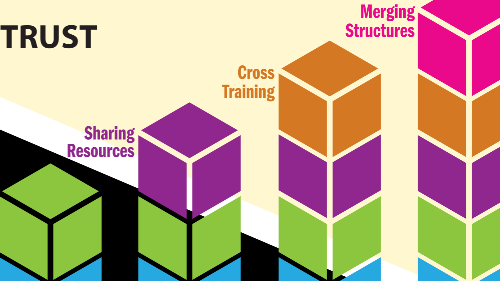Services, Opportunities, and Supports
Youth development is closely tied to communities. Children and adolescents grow up in communities: they grow up in families, peer groups, neighborhoods, schools, and other social institutions — including the Internet — within the world at large. In his ecological framework of human development (one of the foundations of positive youth development), Urie Bronfenbrenner describes the interaction between a young person and their social environment as dynamic and reciprocal. This means that communities influence young people's development; it also means that young people interact with and influence their social environments. Young people are active participants in shaping their own development and in creating community change.
In practice, positive youth development challenges communities to offer the services, opportunities, and supports that enable young people to develop the competencies, confidence, character, connection, and contribution they need to do well and make healthy choices. When adults, organizations, and communities intentionally shift to become more nurturing and supportive of young people, positive outcomes result.
What are Services, Opportunities, and Supports?
How can communities interact with young people in a way that promotes their development? Karen Pittman, co-founder of the Forum for Youth Investment, used the terms services, opportunities, and supports (SOS) to describe what communities can do.
Services are all the things adults do to help meet children's and young people's needs, such as providing shelter, food, clothing, health care, education, and more.
Opportunities are chances for youth to practice, fine-tune, and advance the skills they have learned, as well as occasions for leadership and contribution through youth engagement.
Supports are the mentors, caring adults, and teachers who offer guidance and positive relationships with young people. Additional supports are clear expectations, boundaries, and structured settings as well as access to information and resources.





